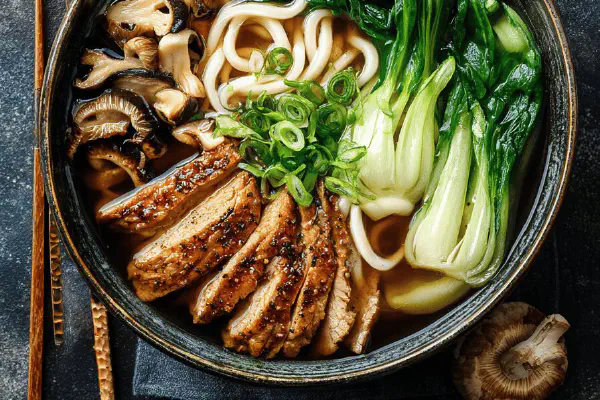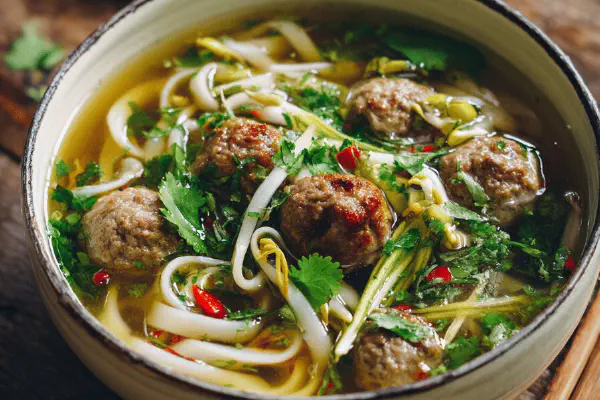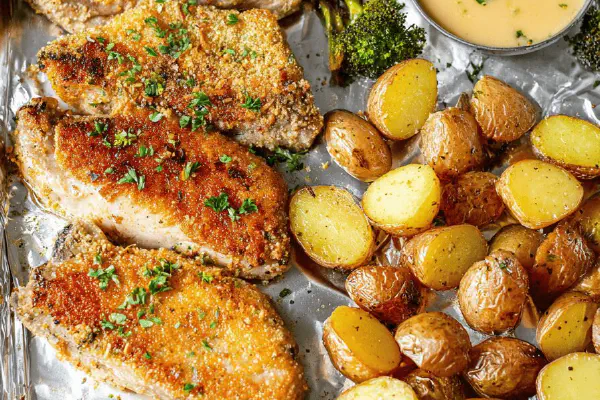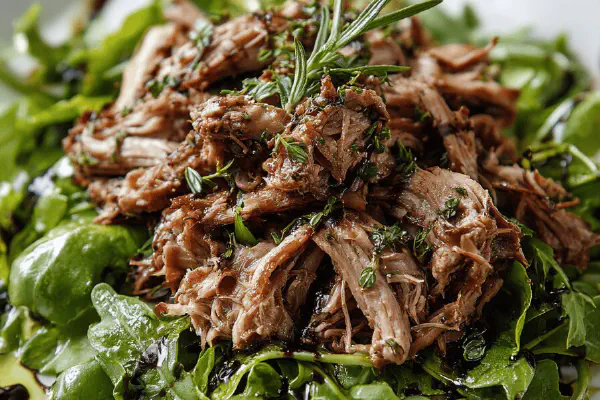Japanese Shabu-Shabu Twist

By Emma
Certified Culinary Professional
Ingredients
Broth
- 900 ml low-sodium chicken stock
- 200 ml concentrated beef broth (canned)
- 15 ml soy sauce
- 1 piece of fresh ginger 3 cm peeled, sliced thin
- 1 piece kombu kelp sheet about 5x5 cm
- 1 medium daikon radish peeled, sliced into 6 cm matchsticks
Accompaniments
- 500 g thinly sliced pork shoulder for shabu-shabu
- 250 g cooked udon noodles, tossed lightly in sesame oil
- 225 g shiitake mushrooms caps only, cleaned
- 30 g baby bok choy leaves
- 2 scallions cut into 5 cm lengths
- Ponzu sauce mixed with grated fresh ginger
- Wasabi optional
About the ingredients
Method
Broth preparation
- Heat chicken and beef broth joined by soy sauce, ginger slices and kombu in fondue pot or medium saucepan until just before boiling; watch for tiny bubbles at edges. That gentle simmer keeps clear broth. Remove ginger and kombu after about 6 minutes, once aroma becomes sharp but before bitterness.
- Toss in daikon sticks, cook until tender-crisp about 7 minutes. Daikon should still have slight bite; test one. Remove with slotted spoon; transfer to serving bowl.
- Place hot fondue pot on portable burner or electric hot plate in center of table, set to low simmer.
For serving
- Arrange pork slices, udon, shiitakes, baby bok choy and scallions on platters.
- Use chopsticks to dip thin pork slices briefly into broth until edges just turn pale pink. Meat should be barely cooked through; timing varies but seconds, not minutes.
- Cook mushrooms and greens similarly, pick up as they become tender. Udon warms quickly, do not overcook.
- Serve with ponzu-ginger sauce on the side for dipping; a dab of wasabi adds heat if you like.
Notes on timing and texture
- Broth must not boil vigorously, or stock turns cloudy and toughens meat texture.
- Skipping kombu or ginger? Substitute with a few crushed garlic cloves or a strip of dried shiitake stem for depth.
- Pork richer and fattier than beef, changes mouthfeel, use well-marbled pieces for best result.
- Daikon offers refreshing contrast to heavier meat; replace with asparagus tips if unavailable but reduce cook time.
- Don’t overcrowd pot; keep ingredients moving to prevent stewing.
- Multiple rounds are expected in shabu-shabu. Reheat broth between rounds if it cools too much.
Cooking tips
Chef's notes
- 💡 Broth simmer low not boil; bubbles gather at edges then remove kombu. Long soak makes bitter. Ginger stays for punch but pull early before harsh. Timing is aroma cue not clock. Daikon sticks need crisp bite; too soft is sloppy. Use slotted spoon fish out, cool in bowl. Keeps texture true.
- 💡 Pork thin slices freeze briefly first. Slices near translucent cook instantly, pink edges flash. Beef trickier, pork fattier, slips taste richer. Noodles toss sesame oil — stops clump. Udon warms fast no cooking. Overcrowd pot kills broth heat, soggy veggies, dull flavor. Spread rounds; enjoy pacing.
- 💡 Substitute kombu with dried shiitake stems or splash fish sauce if fresh kelp lacking. Daikon swap asparagus tips or thin kohlrabi. Ponzu hits bright with fresh ginger or lemon juice plus vinegar if ginger not ready. Wasabi optional but adds clean burn. Keep all chilled until serve to hold snap and brightness.
- 💡 Use portable fondue pot or electric plate low simmer—keeps broth clear. Hot plate placement critical; center table means interactive. Skim foam or fat mid-meal to keep broth pure. Test broth aroma often; sharp or bitter means refresh time. Extra broth or water near for topping off. Indicators trump timers.
- 💡 Cook mushrooms and greens fast; shiitake flush, bok choy wilts quick. Udon only warms no soak time. Meat cooks several seconds, quick swirl, pink edges appear; meat still soft inside. Don’t wait or pork dries. Chopsticks for meat and veg; simple setup. Broth leftover? Save—base sauces, soups later; waste kills flavor.
Common questions
How long to cook pork slices?
Just seconds. Watch edges go pale pink not brown. Meat tender still. Thin cuts freeze briefly so slicing easier. Timing varies by thickness; better judge by feel and sight not clock.
What if no kombu seaweed?
Use dried shiitake stems or splash fish sauce for umami. Kombu avoids bitterness. Fresh kelp rare sometimes. Broth still flavorful but adjust simmer to avoid cloudiness.
Udon noodles soggy after warming?
Toss with little sesame oil right after cooking. Don’t overheat in broth. Just warm enough; no soak. Serve immediately. Cooler noodles clump fast; rice noodles possible sub but texture totally different.
Can broth be stored and reused?
Yes but skim fat and foam first; cool fast in fridge. Reheat gently low simmer. Add fresh kombu or broth base for stronger next round. Use leftover broth for soups. Freeze if holding long, but lose some aroma.



